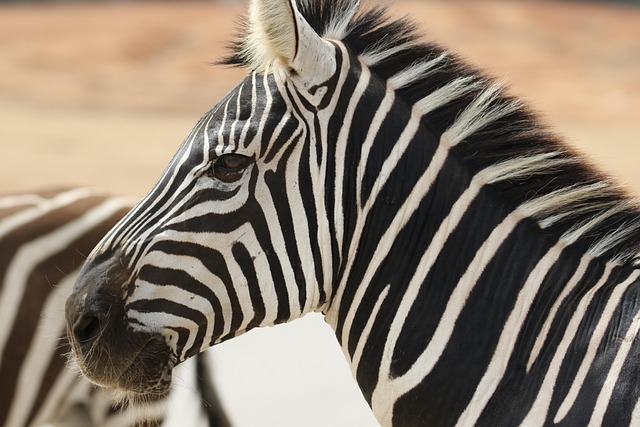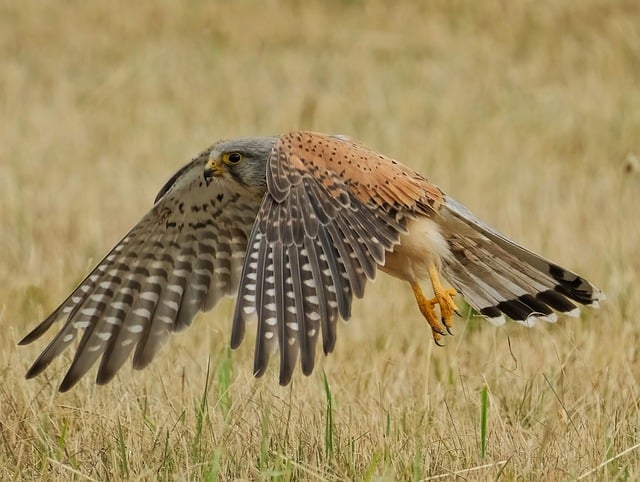In residential areas like Littleton, opossums play a dual role in snake control while often considered nuisances due to their nocturnal habits and omnivorous diet. Professional wildlife control services are vital for safe and effective snake removal, employing humane trapping techniques and tailored solutions. To manage opossum populations humanely, live traps should be used during peak activity seasons near habitats or food sources, avoiding areas with pets and children, with regular trap maintenance ensuring captured opossums' survival. This approach balances wildlife management with safety and humane treatment.
“In many residential areas, opossums have become a common sight, but their presence can lead to various issues, especially when it comes to snake removal. This article explores the intricate balance between wildlife and humans in Littleton, focusing on opossum trapping as a solution for snake control. By understanding opossum behavior and their ecological impact, we can appreciate the vital role of professional wildlife control services. We’ll delve into effective trapping techniques that ensure humane animal management while addressing concerns in these urban settings.”
- Understanding Opossum Behavior and Their Impact on Residential Areas
- The Role of Professional Wildlife Control in Snake Removal
- Effective Trapping Techniques for Humanely Managing Opossum Populations
Understanding Opossum Behavior and Their Impact on Residential Areas

In residential areas, opossums are often considered a nuisance due to their unique behaviors and adaptations. These marsupials, known for carrying their young in pouches, are primarily nocturnal and omnivorous. During the day, they tend to rest in hidden spots, such as under decks or in hollow trees. At night, opossums forage for food, which can include insects, fruits, and small vertebrates like snakes. This nocturnal activity can lead to conflicts with homeowners, particularly when opossums enter properties in search of sustenance or shelter.
In regions like Littleton, where snake removal from residential properties is a common concern, opossums play a role in controlling local serpent populations. Opossums are known predators of various snake species, especially smaller ones. However, their presence can also create challenges, as they may attract snakes to residential areas in search of prey or new habitats. Understanding these behaviors is crucial for implementing effective wildlife control strategies that balance the co-existence of opossums and other local fauna while addressing potential conflicts.
The Role of Professional Wildlife Control in Snake Removal

When it comes to snake removal from residential properties in Littleton, professional wildlife control services play a crucial role. These experts are trained to handle various snake species and have the necessary equipment to ensure safe and effective removal. Their knowledge of local regulations and handling methods helps maintain compliance while minimizing harm to both humans and animals.
Professionals employ humane trapping techniques, tracking and identifying snakes, and providing tailored solutions for each unique situation. By offering these services, they protect homes and communities from potential snake encounters, fostering a safer environment. For instance, in Littleton, where residential areas might border on natural habitats, proactive snake removal can prevent unwanted interactions, ensuring peace of mind for residents.
Effective Trapping Techniques for Humanely Managing Opossum Populations

When it comes to effectively managing opossum populations, especially in areas like Littleton where snake removal from residential properties is also a concern, humane trapping techniques are key. Property owners and wildlife control professionals should opt for live traps over lethal ones. Live traps allow for safe capture and subsequent relocation of opossums, minimizing stress on the animals and reducing potential risks to residents. These traps use trigger mechanisms to ensnare opossums without causing harm, making them ideal for non-lethal management.
For optimal results, trapping should be conducted during the appropriate season when opossum activity is highest. Nighttime setting of traps can increase success rates as opossums are primarily nocturnal. Placement is crucial; they should be set near known opossum habitats or food sources but away from areas frequented by pets and children to ensure safety and reduce potential conflicts. Regular checking and maintenance of traps are also essential, as prompt release of captured opossums improves their chances of survival.
In light of the insights gained from understanding opossum behavior, their impact on residential areas, and the crucial role professional wildlife control plays in snake removal, particularly in places like Littleton, it’s evident that effective trapping techniques are essential for humane opossum population management. By combining knowledge with compassionate approaches, we can ensure both the safety of local ecosystems and the comfort of our homes.
